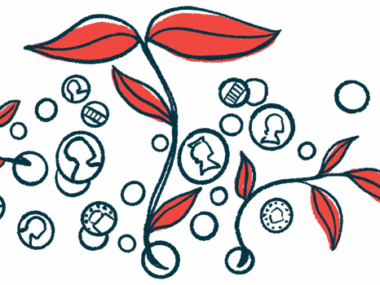FDA decision on lovo-cel for SCD now expected by year’s end
Sickle cell gene therapy would be first approved in US
Written by |

The U.S. Food and Drug Administration (FDA) is expected to decide before year’s end on whether or not to approve the experimental gene therapy lovotibeglogene autotemcel — known as lovo-cel — for people with sickle cell disease (SCD) who have a history of painful vaso-occlusive crises (VOCs).
The regulatory agency has agreed to review an application from lovo-cel’s developer, Bluebird Bio, requesting the gene therapy’s approval for SCD patients ages 12 and older. Moreover, the FDA has given the application priority review, shortening its review time from the usual 10 months to six months.
A decision is now expected by Dec. 20. If approved, lovo-cel would be the first sickle cell treatment in the U.S. that targets the disease’s underlying genetic cause.
“The FDA’s acceptance of our BLA [biologics license application] for lovo-cel moves us one step closer in bringing a potentially transformative therapy to the sickle cell disease community that is long overdue, and we are grateful to the patients, caregivers, researchers, clinicians, and community leaders who have enabled this exciting milestone,” Andrew Obenshain, CEO of Bluebird, said in a company press release.
“We look forward to working with the agency on its review,” Obenshain added.
Ongoing trial of sickle cell gene therapy still recruiting patients
SCD is caused by mutations in the HBB gene, which provides instructions for making part of hemoglobin — the protein that red blood cells use to carry oxygen through the bloodstream. As a result of HBB mutations, patients produce an abnormal form of hemoglobin, called hemoglobin S, which forms clumps inside red blood cells, deforming them into the sickle-like shape that gives the disease its name.
Lovo-cel, previously known as LentiGlobin or bb1111, is designed to deliver a modified version of the HBB gene to a patient’s hematopoietic stem cells (HSCs) — the stem cells responsible for giving rise to new blood cells. This modified form of HBB allows cells to produce an altered version of hemoglobin that is resistant to forming clumps, with the aim of reducing red blood cell sickling and associated disease symptoms.
The FDA’s acceptance of our BLA [biologics license application] for lovo-cel moves us one step closer in bringing a potentially transformative therapy to the sickle cell disease community that is long overdue.
Bluebird’s application to the FDA was based on data from 36 sickle cell patients, ages 12 to 50. All were treated with the gene therapy in an ongoing Phase 1/2 clinical trial called HGB-206 (NCT02140554). Most of these patients have been followed for more than 2.5 years since receiving the therapy.
The application also includes efficacy data from two patients followed for at least 1.5 years after receiving lovo-cel in the Phase 3 HGB-210 trial (NCT04293185). That trial is still recruiting patients, ages 2 to 50, at more than a half dozen sites across the U.S.
Also included in the application are safety data from 50 patients given lovo-cel, including six individuals who have been followed for at least six years since receiving the therapy. According to Bluebird, this is the longest follow-up of any gene therapy program for sickle cell.
Lovo-cel has previously been granted orphan drug, fast track, regenerative medicine advanced therapy (RMAT), and rare pediatric disease designations by the FDA. All of these designations aim to incentivize and speed the development of therapies with the potential to improve care for rare disorders.






